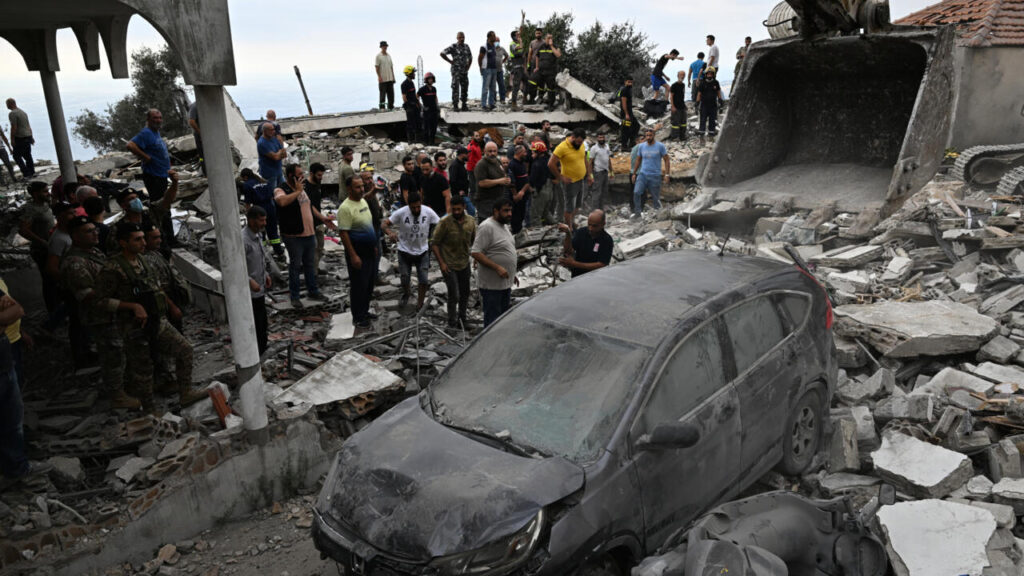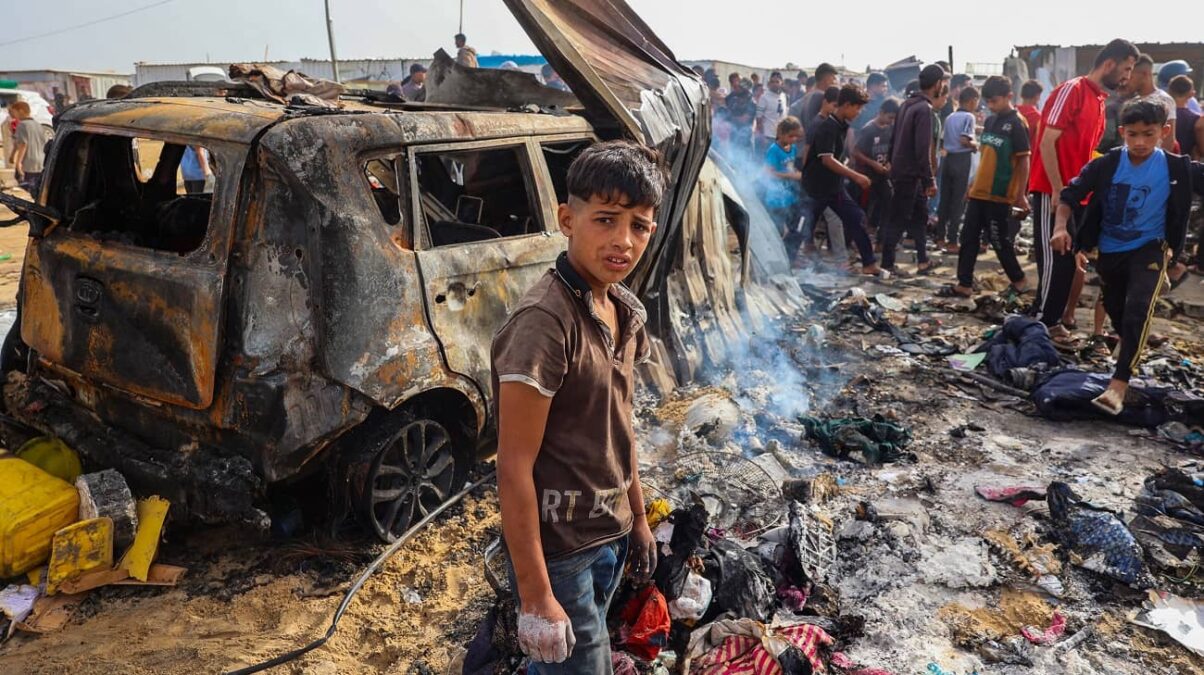Israel Targets Two Lebanese Villages, 9 Killed in Escalating Conflict

Introduction
The Middle East tensions flared once again as Israel carried out airstrikes on two villages in southern Lebanon, with nine unfortunate lives lost. This development adds fuel to the tinderbox already lit between Israel and Lebanon, with international concern mounting about the potential for the crisis to heat up into a broader regional conflict. Breaking down the event, its context, and broader implications for the region and the world:.
Background of the Conflict
The Israeli-Lebanese relations have been marked by decades of hostility, most of which has been due to border disputes, differences in political systems, and the role of other non-state actors such as Hezbollah. The two countries are neighbors; however, war between them has been episodic and numerous escalations have emerged over the past decades.
Background Tensions Between Israel and Lebanon
Israel and Lebanon’s history has been marked by a series of conflicts that have been traceable to the 1980s. But none of these was more important than Israel’s invasion of Lebanon in 1982, which eventually became a two-decades-long occupation. Even after Israel’s withdrawal in 2000, Hezbollah, a powerful militant group with strong ties to Iran, has been conducting skirmishes along the border, leading to the full-scale war in 2006. This history explains today’s fighting and why on both sides of the struggle people feel strongly about the issue.
Developing Story within the Region
The attack at hand is not the first of its kind. There has been a culmination of tension spanning several months, characterised by one side cross-border rocket fire and airstrikes, and the other side by accusations. Matters were made worse by the growth in influence of Hezbollah in southern Lebanon and their participation, among other things, in the Syrian Civil War. The Israeli government views Hezbollah as a national security threat and, as such, escalates its military operations in Lebanon.
Attack Information
The strikes occurred on two villages near the south of Lebanon’s border, where Hezbollah has been known for many years to operate. There was no information as to whether the nine people killed were from Hezbollah or not. The Israeli military said in a statement that the attack came against missile fire, which had originated from Lebanon and entered Israel.
Where the Attacks Occurred
The villages attacked-straight across from the disputed Lebanon-Israel border-are traditionally recognized Hezbollah hotbeds. This has been a tension point for decades and, by nature, with both civilian and militant densities so high, it was always a volatile spot for collateral damage.
Casualty Reports: 9 Killed
The devastating consequences of airstrikes have already resulted in nine deaths. Casualties are reported among fighters, though that characterization is not yet confirmed. More bodies may be discovered as rescue teams sort through the rubble of homes and buildings destroyed during the assault.
International Community Responses
Not surprisingly, an international response is quick. As an aside on this note, restraint and a deescalation of violence are called for from many countries, while others comment on the concerns at potential development of a greater conflict in an already tense Middle East.
Statements from World Leaders
Many world leaders have already condemned the violence and promoted a peaceful settlement. Countries like the United States and France repeated their standing lines of supporting the right of Israel to defend itself, however at the same time asked for restraint not to cause civilian deaths.
Response to UN Concerns
The United Nations, with peacekeeping forces stationed at the Israel-Lebanon frontier, called for emergency ceasefires and diplomatic negotiations between the two countries. The Secretary-General of the United Nations, António Guterres, expressed deep concern at the increasing civilian death toll and urged all parties to respect international humanitarian law.
Effect on Locally Situated Populations

The local population has been left devastated by the airstrikes, especially with regard to the two villages targeted by the strikes. Being a region where instability rounds have become rather common, the southern Lebanese are facing destruction of homes and loss of lives, both by the airstrikes as well as the following rounds of instability.
Civilian Casualties and Displacement:
Perhaps the most depressing outcome of this prolonged war is civilian displacement as families are being torn out of their actual homes, finding refuge in relatively safer areas that are now limited in number. The more this situation worsens, the more challenging it becomes for humanitarian organizations to provide relief to the victims involved.
Economic and Infrastructural Damage
Beyond the loss in lives, the economic and infrastructural loss behind these airstrikes is further immense. Businesses, schools, as well as homes, in the villages affected have been destroyed, and there has been a huge and widespread disruption of life at all levels. Reconstruction will be expensive and time-consuming, adding to problems for the local population.
Military Response from Lebanon
As Israeli strikes targeted Lebanon, the military and Hezbollah promised retaliation. So far, no immediate large-scale response has been reported, but there is a high probability that more attacks may unfold in the coming days that could lead the region to another long war.
Retaliation and Further Conflict Risks
Hezbollah would not be outdone, and southern Lebanon may well retaliate in kind against Israel, which would set the stage for a very dangerous escalation. Given what both sides seem to be preparing for even more ratcheted-up clashes down the road, the dread grows that it might become something much bigger, with neighbors getting drawn in.
Conceivable Widening Regional Involvement
This conflict may have the propensity of drawing in other regional powers, especially Iran, which has long remained a proponent of Hezbollah. As matter-of-fact continues to degenerate, we can expect more participation from Syria and even from players of the international world. We know this is already a complicated war.
Conclusion
The recent Israeli airstrikes on two villages in southern Lebanon killed nine people, marking yet another disturbing escalator in an already precarious region. With decades of animosity and recent provocations, the risk of further conflict is always lurking. Calming and finding peaceful resolutions for this potential threat will be an international community imperative to prevent a bigger war, perhaps that might engulf parts of the Middle East. For now, the situation is highly explosive, and the world waits anxiously for what comes next.



